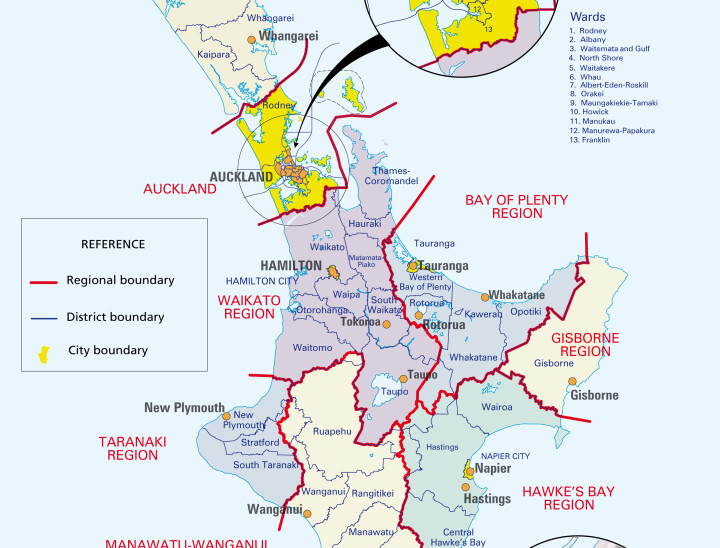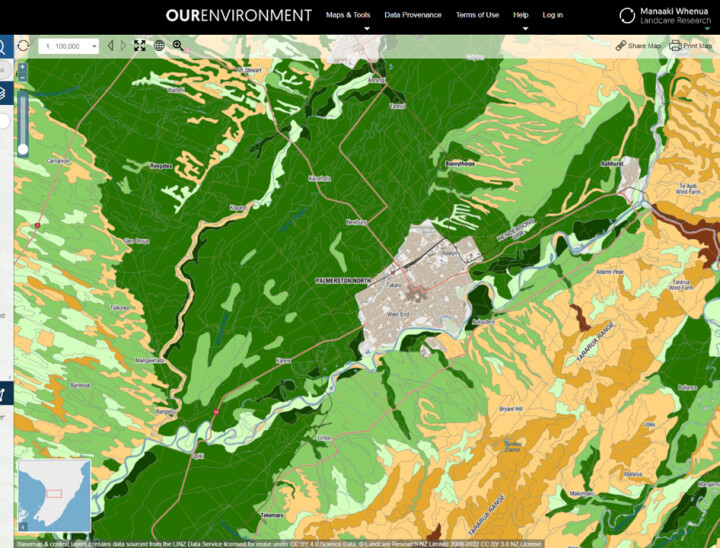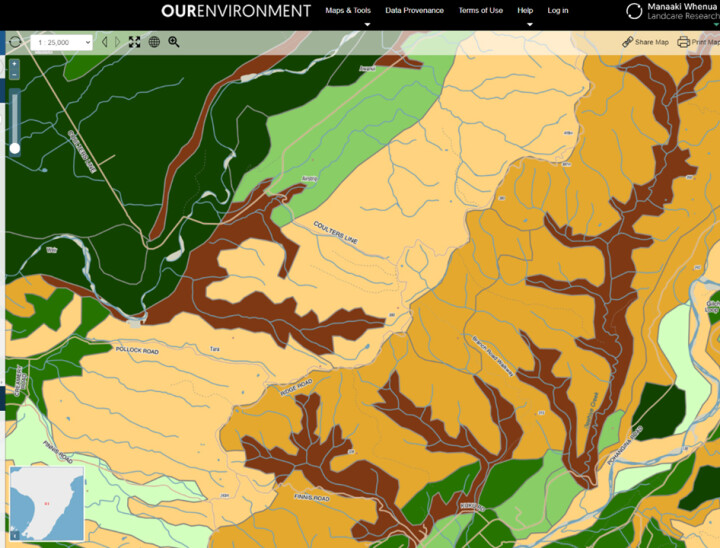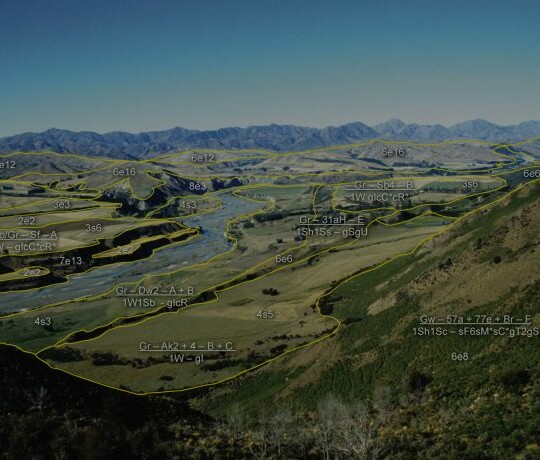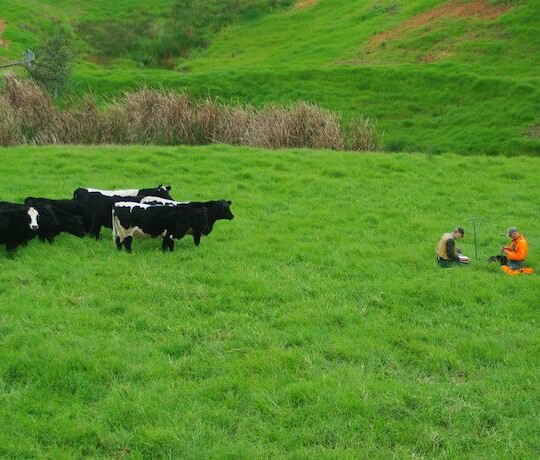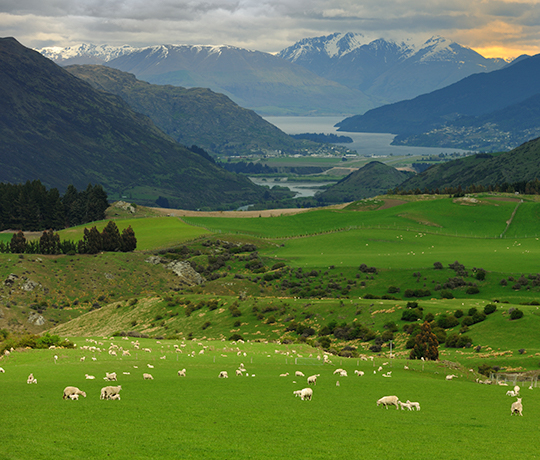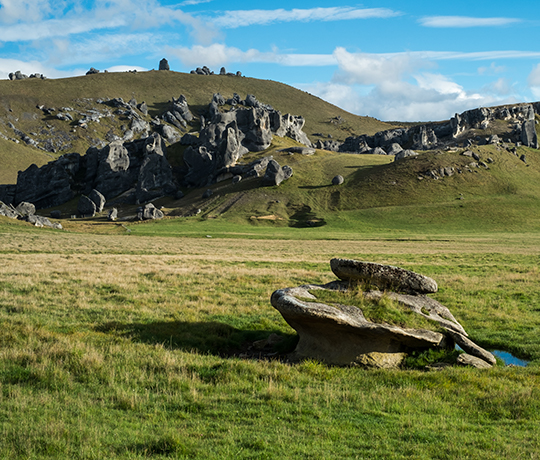LUC at regional level
Large and extensive surveys are undertaken at district, regional and national levels. They typically cover large areas, use less detailed scales and have a general rather than specific resource management purpose and can be used for many different applications.
At a Regional scale LUC can be useful in identifying the land use capacity in the region. This can aid in identifying the highly productive land that is a requirement for the National Policy statement.
A LUC map may also be useful to the Consents Planner when accessing the land, especially regarding the National Policy Statement – Highly Productive Land.
Four steps are recommended in the Land Use Capability Survey Handbook for for undertaking and extensive LRI / LUC surveys:
Preliminary investigation
- Select the scale — this should reflect the purpose of the survey
- Source the relevant data
- Maps — base, geology maps, soil maps
- Data — nature and distribution of rock types and soil, climatic and hydrological, information on landforms, land cover and land use
- Aerial Photographs
Mapping (field survey)
Remote techniques and technologies are useful for large and extensive surveys however remote mapping can only provide predictions and these will need to be checked, truthed and refined with a ground survey
- Reconnnaisssance — carry out field investigations
- Draft land units — establish map boundaries on geomorphic critera, seperate flat and rolling areas from hill and steepland etc
- Collect comprehensive data on all inventory factors
- Collect additional soil data
- Compile secondary inventory map units and establish data listing
- Audit the draft LUC survey data
- Liase with local professionals and landholders to gather local knowledge
Synthesis
- Collate survey results for reporting (maps and legends, a GIS database, publications)
Implementation
- Resulting survey outputs are used for planning and decision making
Local Government consists of territorial authorities, regional and unitary councils. These include:
- 11 regional councils,
- 61 territorial authorities:
- 11 are city councils,
- 50 are district councils,
- 6 unitary councils which are territorial authorities with regional council responsibilities also.
Regional Councils
Regional Councils have a key role under the Resource Management Act 1991 (RMA) which gives them the integrated management of the natural and physical resources of a region.
Regional Councils enforce:
- Land Use Consents;
- Subdivision Consent;
- Coastal Permits;
- Water Permits;
- Discharge Permits.
Some of what the Regional Councils look after are to do with discharges to land, water, and air; water takes;
- land disturbance;
- vegetation clearance;
- coastal.
If the activity does not comply with the permitted activity rules of the Regional Plan a resource consent is required. Regional Councils and Territorial Authorities are responsible for resource consents (RC) and a requirement for a RC application may be to provide a map of the activity area.
Land Use Capability
Our Environment
A brief description of the LUC data can be viewed, the map key, and information relating to each of the LUC's classes is displayed and reporting tools (single location, LINZ property boundaries, Māori Land Blocks, Territorial Authorities or the Regional Councils) are available.


